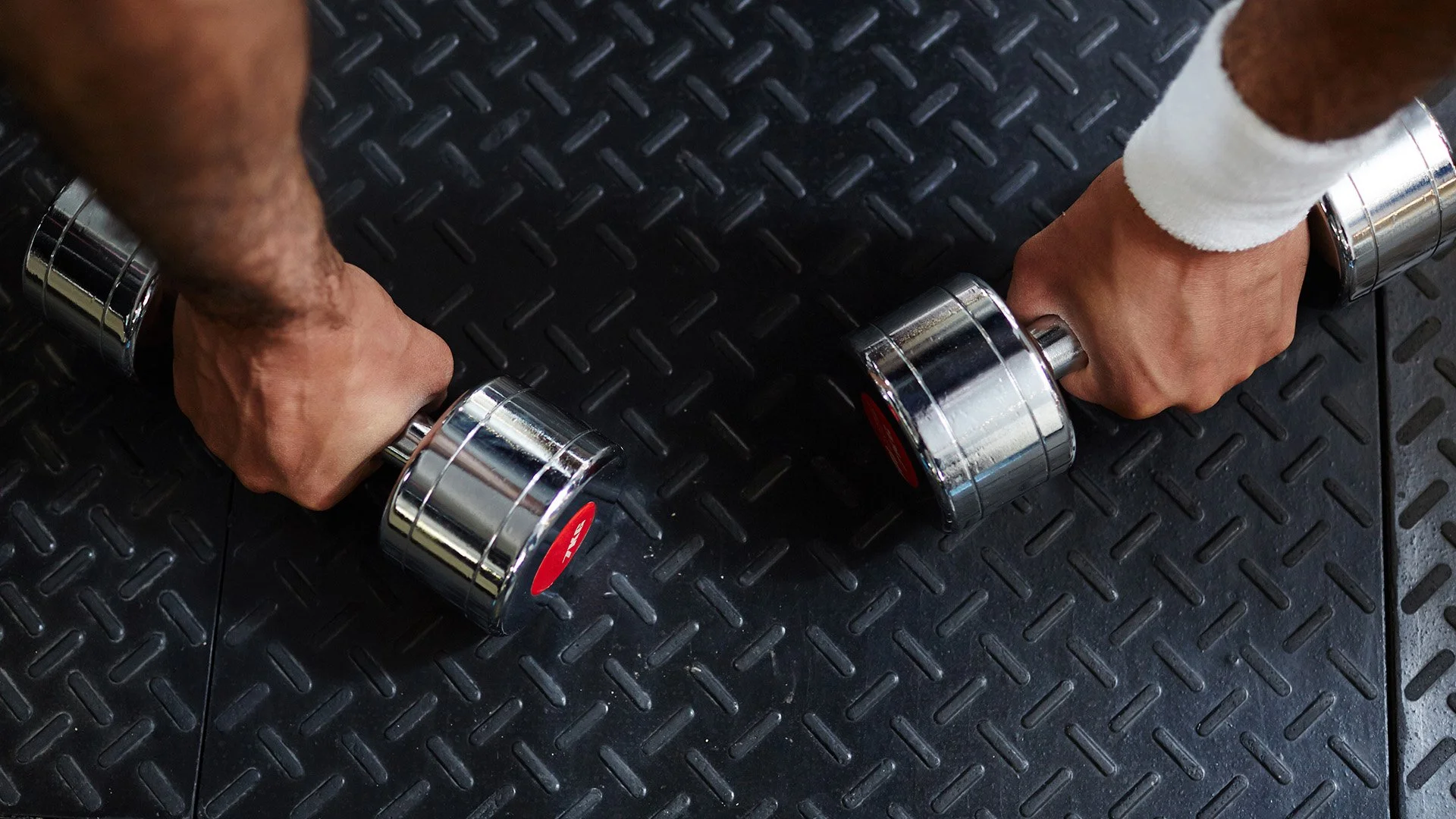Jefferson Curl for Spinal Control and Hamstring Mobility
Stretch and Move Series: Part 4
If there’s one movement that sparks equal parts curiosity and fear, it’s the Jefferson Curl.
It looks simple: roll down with a weight in your hands. But when executed correctly, it’s one of the most powerful tools for improving spinal strength, flexibility, and control.
This isn’t about recklessness. It’s about learning to move your spine intentionally, one vertebra at a time.
Why This Works
For decades, lifters were told never to round their back. The Jefferson Curl challenges that mindset by safely training the spine through its full range of motion.
Here’s why it belongs in your routine:
Hamstring Length: Builds real, usable flexibility that translates to stronger deadlifts and better hinge mechanics.
Spinal Control: Strengthens the deep stabilizers of your back through slow, segmented motion.
Resilience: Trains your nervous system to handle flexion under control — a key to long-term back health.
Mind-Body Connection: Forces awareness of each spinal segment, improving posture and movement precision.
This movement doesn’t just stretch, it educates your body.
How To Do It
Stand tall on a small platform or step, holding a light weight (a kettlebell or pair of dumbbells works).
With soft knees, tuck your chin to your chest and begin to roll down, one vertebra at a time, slowly.
Let the weight gently pull you into a deep stretch without jerking or collapsing.
Pause at the bottom for 2–3 seconds, then reverse the motion, rolling back up the same way.
Start with no more than 15–20 lbs and 3–5 slow reps.
Think of it like spinal yoga with resistance, deliberate, slow, and focused.
ALWAYS listen to your body when performing this movement!
Common Faults
Going too heavy too soon: The goal is control, not load. Start light, even bodyweight first.
Rushing the roll: The slower, the better. Each vertebra deserves its moment.
Locking the knees: A soft bend lets the stretch target the hamstrings without strain.
Bouncing at the bottom: Keep tension, the end range is about awareness, not momentum.
❗ Please Note: FitNKC did not produce this video. We share it as an additional resource to provide visual context and learning value. Remember that third-party videos are not intended to replace our coaching direction or serve as exact one-on-one instruction.
👉 Pro Tip
Add Jefferson Curls 1–2 times a week after your main lifts or mobility work. Over time, you’ll notice deeper hamstring flexibility, better posture, and less stiffness through your entire back chain.
It’s not just a stretch, it’s spinal armor.


